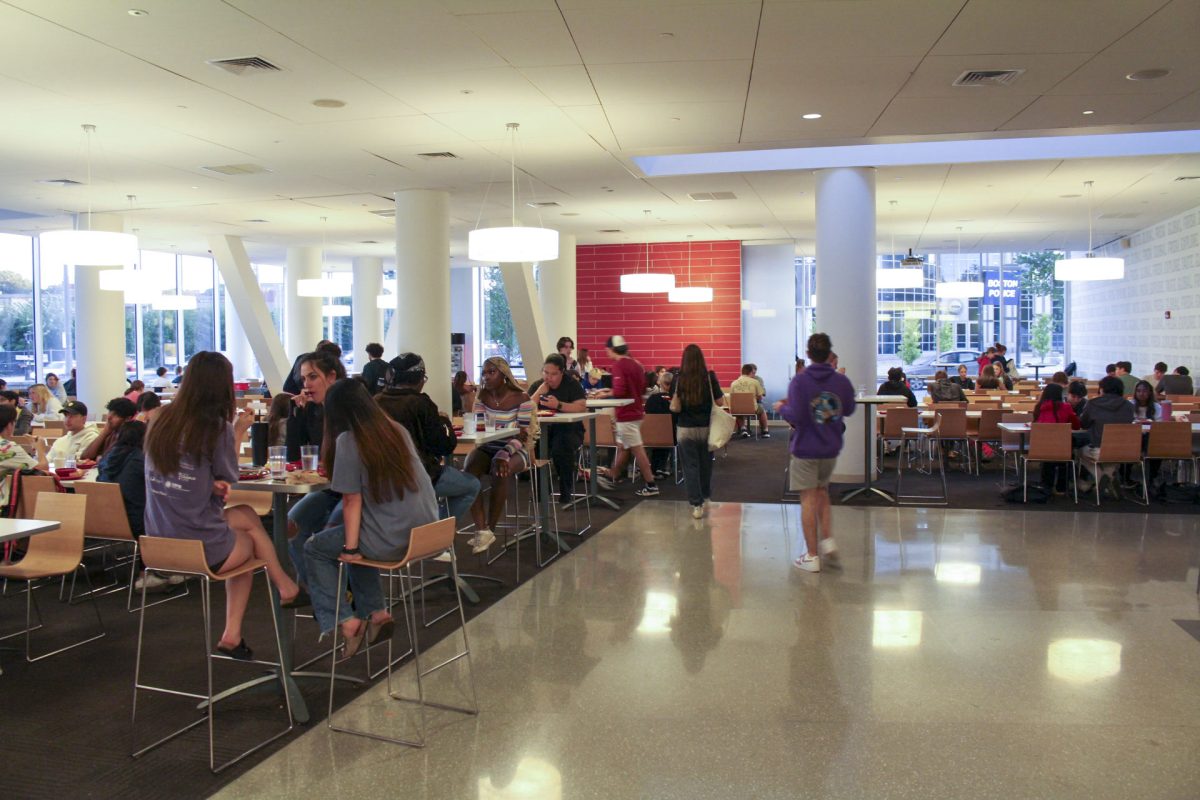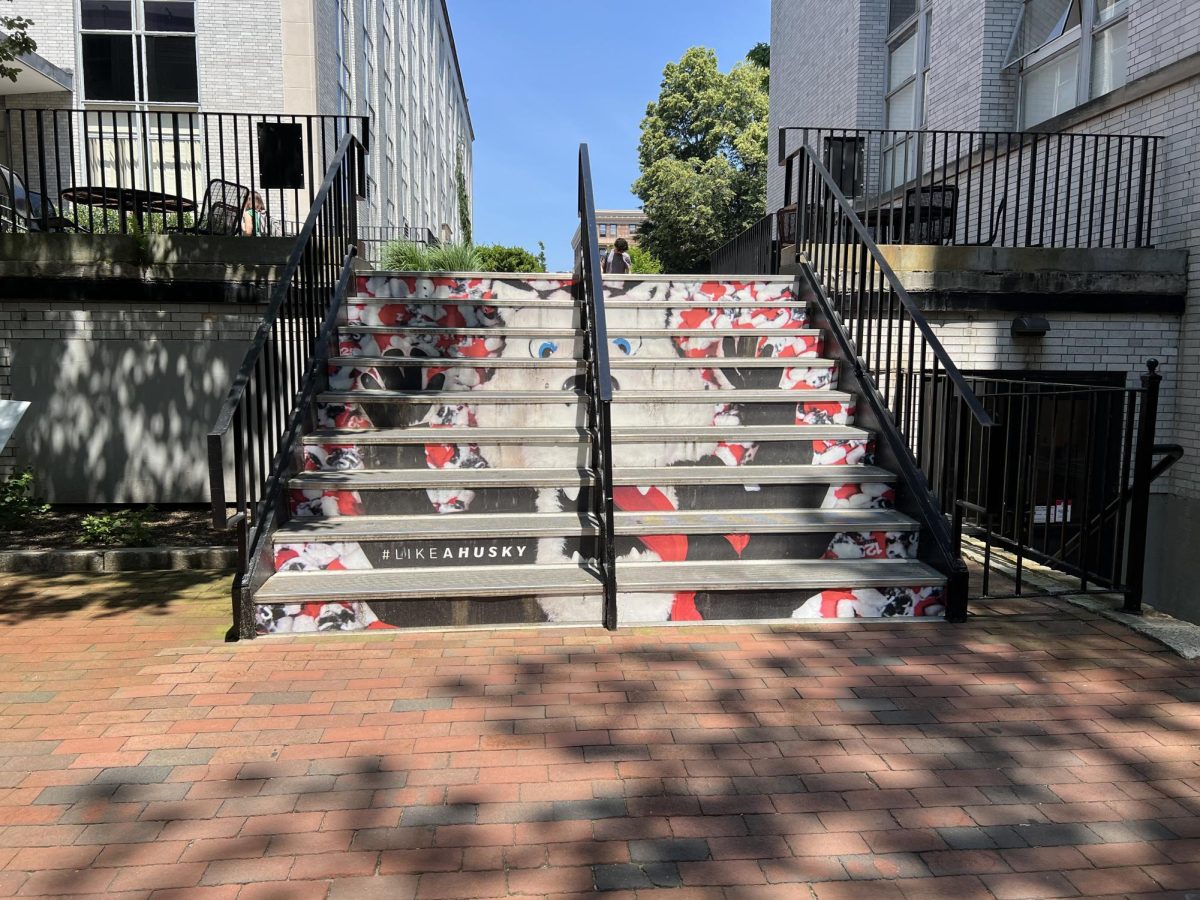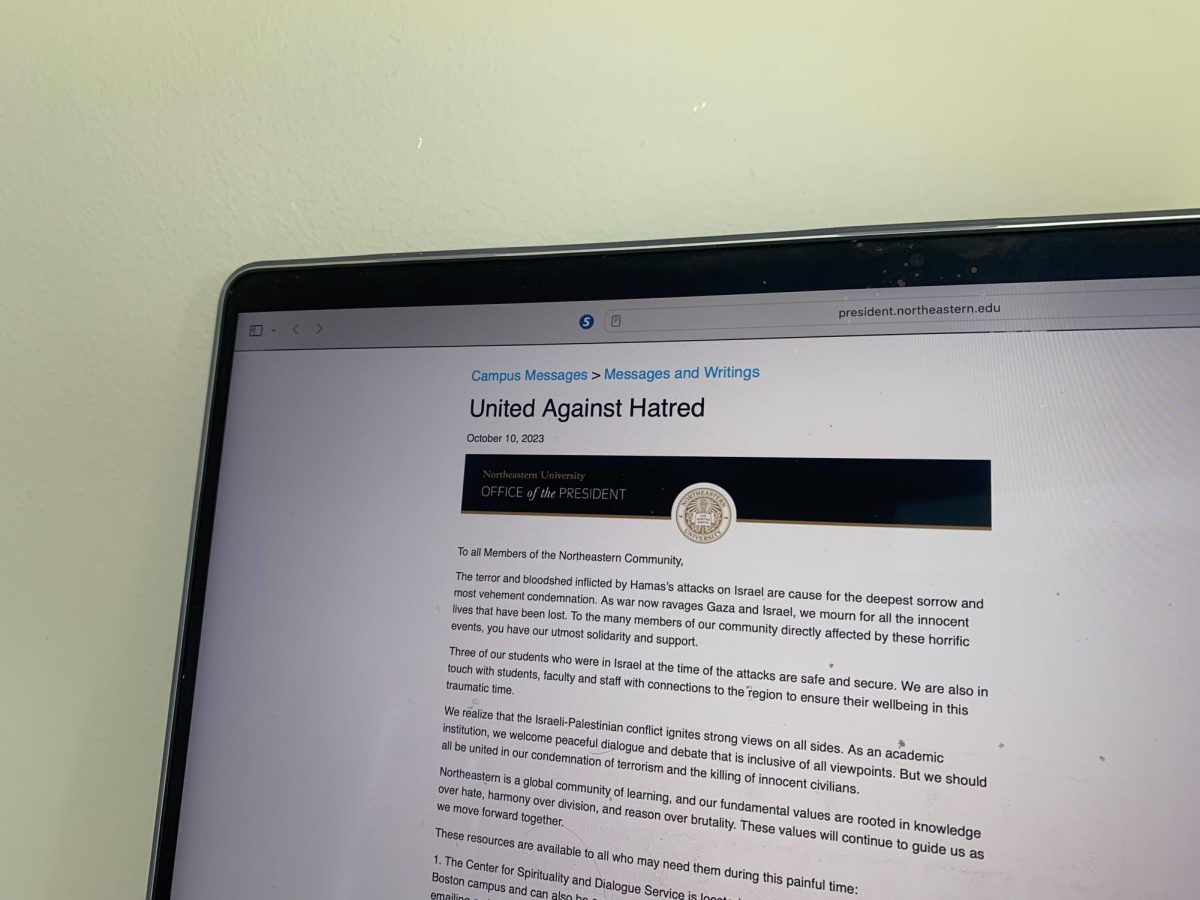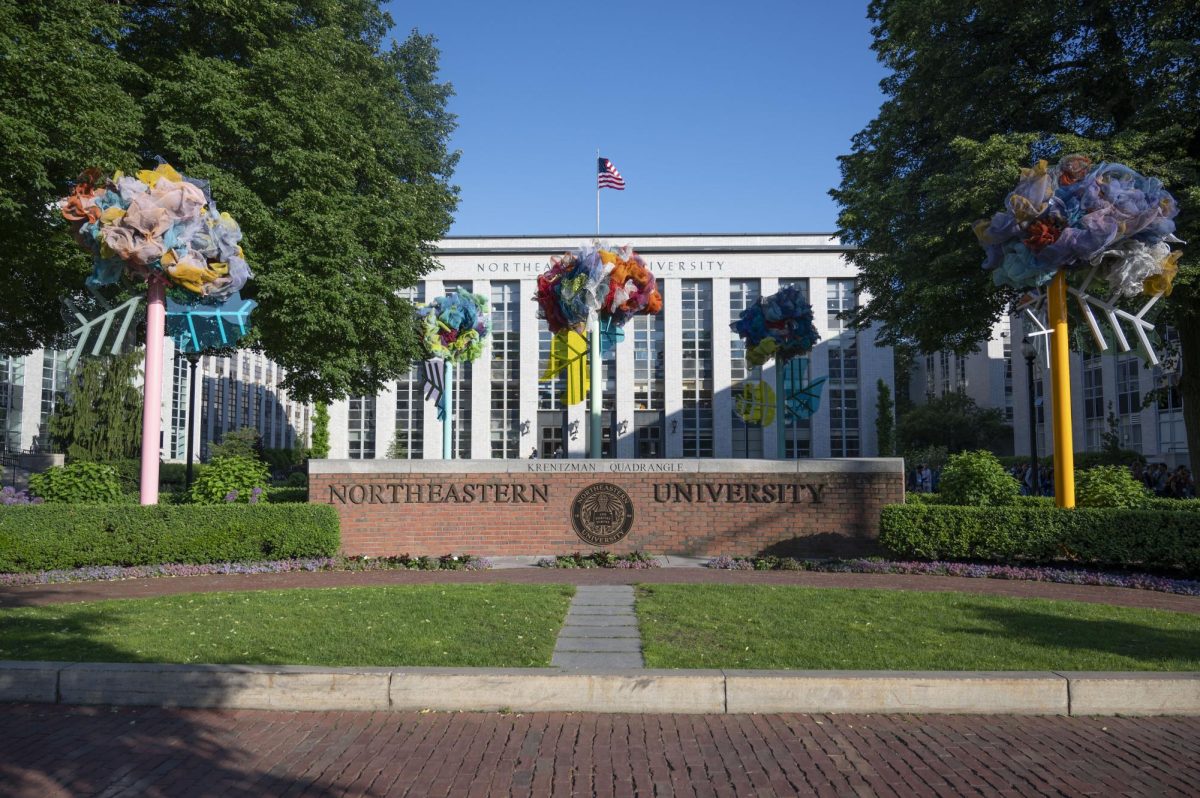Northeastern needs to do a better job of providing students with meals that nurture the mind and body. As a Northeastern attendee with allergies and dietary restrictions, I have noticed there is little consistency in allergy-friendly food in the dining halls on campus. Food insecurity is also prevalent for students— according to No Hungry Huskies, a student campaign fighting food insecurity, students do not always have enough money to feed themselves each week with 25% reporting facing food insecurity.
In a 2023 student referendum, 97% (7,410) of respondents agreed that meal swipe costs should be reduced, and the Swipe2Care program, which allows students to donate and receive meal swipes, should be improved. This could look like expanded dining options at a reduced cost or adding to student’s weekly allotted meal swipes.
When students walk into a dining hall, they are met with repetitive and limited options. For example, the average Stetson East meal features unsalted french fries, plain chicken, pizza with a cardboard-like consistency and an omelet station that uses liquid egg solution. While there are occasional kosher and allergy-friendly options like salmon, falafel and salad, they are scarce. In addition, many of my Muslim peers have noted that they are unable to gain access to halal meats, which adhere to Islamic dietary guidelines.
Takeout options in Curry Student Center are limited as rotating vendors are hit-or-miss. Last year, Northeastern installed a boba shop in Curry despite there being over 10 tea shops within walking distance of Northeastern. Students could exchange one meal swipe out of their allotted two meal exchanges a week for a singular boba tea. In 2023, Smoothie Lab, an açaí and smoothie restaurant with customizable options, was installed in Curry. Smoothie Lab was popular among students with allergies who could swap out ingredients. By September 2023, the Mediterranean restaurant Pom & Honey with a mere two options of a wrap or salad replaced it, and I have yet to see many customers there.
Despite the lack of variety, meal plans for students residing in meal-plan-required residence halls can cost over $4,000 a semester for a 17-meals-per-week plan or $3,565 for a 12-meals-per-week plan. Furthermore, swipes not used in a week do not roll over to the next, so their money is essentially wasted. This is not a small figure.
Furthermore, Northeastern dining halls are inaccessible; International Village, the dining hall with the largest selection of foods and equipped with the only allergy-friendly station, is about a 15-minute walk from most first-year housing. This can be challenging for students with accessibility needs.
Food insecurity is not the only factor preventing students from getting proper nutrition. Around 10.8% of U.S. adults have food allergies. Some, like mine, are relatively benign — a scratchy throat and itchy skin — but for others, allergies can be serious and life-threatening. When I was a first-year with the 12-swipes-per-week meal plan, I had to supplement my meal plan with instant noodles despite having no kitchen access. When I couldn’t afford to spend an extra $50–$100 a week on food, I would go hungry. Though this happened only every so often, it was preferable to suffering a potential allergic reaction.
When talking to my peers, I discovered this is not rare on campus. A handful of my friends and acquaintances said to me that they are investigating applying for SNAP benefits as they are unable to afford a 12-swipe meal plan. Others forgo the dining hall altogether, knowing nothing will be appealing or safe to eat.
At rallies surrounding dining conflicts, students chant: “What do we do when Huskies go hungry? Stand up, fight back!” Students held signs reading, “Feed the husky pack or give our money back” and “We pay two times the national average,” referencing the lofty costs of Northeastern meal plans.
Food insecurity has grown into such a big campus issue that the Northeastern chapter of the Young Democratic Socialists of America has hosted numerous rallies urging the university to lower the cost of meal plans and assure all students three meals a day. Rally speakers have said that students who could not afford to eat were not able to focus on their studies. Students, in some cases, are forced to choose between taking classes and having a meal plan.
No one in college should have to starve for their education.
Because of Northeastern’s slow response to student concerns, students have taken matters into their own hands. Northeastern Mutual Aid established a mobile food pantry to aid any students who were going hungry. Despite substantial efforts from the student body, there is still a push for the school to address food insecurity. The NEU Mutual Aid Instagram notes that mutual aid is “not a reason for a social safety net not to exist.”
Unfortunately, this is not a problem unique to Northeastern. Last year, Harvard University hosted an event encouraging its grad students to apply for federal food assistance. Despite being one of the wealthiest institutions, it is commonplace for universities to underpay students or refuse change in response to food insecurity. EBT can also be ineffective for students with no access to a kitchen, which is exacerbated by Northeastern’s over-enrollment and housing crisis. The reality is food insecurity is not an external issue. It is the institution’s business if its students are going hungry, and it is the university’s responsibility to care for the health and well-being of its student population to ensure their success.
Northeastern says it is a welcoming and inclusive environment for all. But letting students starve exacerbates existing inequities. It is Northeastern’s responsibility to remove systemic barriers to the best of its ability so students can be fed.
If the university wants to sustain its students, something must change. A variety of food that is more accessible to different cultures and allergies would also help to close the gap in these disparities. Try as they might, students cannot sustainably live off Stetson East fries and breadsticks.
Northeastern should work on expanding its dining models to accommodate the variety of students that attend the institution, including locations of dining halls relative to dormitories. The university should incorporate significantly more allergy-friendly and diet-conscious options and should certainly lower the cost of meal plans significantly.
Niya is a second-year journalism major. He can be reached at [email protected].















